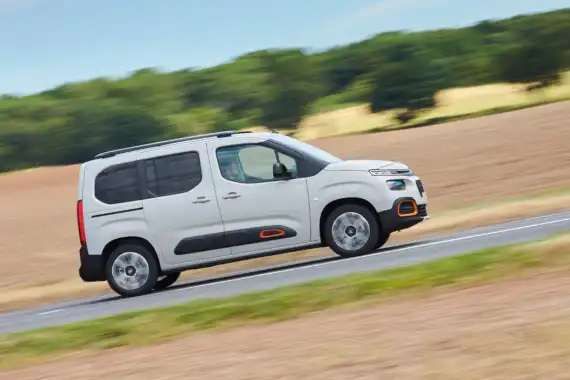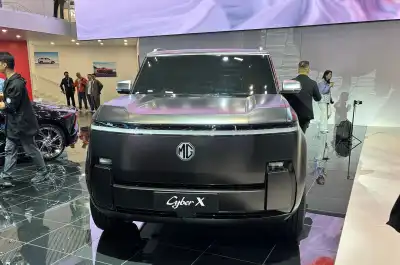
Despite no longer being in the EU, it is expected that the United Kingdom will adopt the same regulation as the European Commission which reached a provisional agreement that all new vehicles sold in Europe will be fitted with a speed limiter as a legal requirement from 6 July 2022.
The 2019/2044 regulation also states that all new cars that have already launched be fitted with an Intelligent Speed Assist (ISA) by 7 July 2024.
While it hasn’t been signed off, it is widely expected the UK will likely obey the new road safety regulations. Following this agreement also helps in standardising the car manufacturing process for different markets which in turn boosts our own production capabilities.
It’s thought the use of speed limiters will take the industry a step closer towards fully automised and self-driving cars which, until recently, seemed something only seen in sci-fi.

Can you remove a speed limiter?
Currently, the regulation permits you to switch the speed limiter off, although it’s unclear if that will be adapted.
Those who don’t want the shackles of a speed limiter, or even those looking to maintain a better fuel economy, may well look at removing the speed limiter from their cars and there’s no doubt that this will be able to be done – it may even become a dark art for garages across the country.
Why are speed limiters being introduced?
It is hoped the use of speed limiters will help to reduce road accidents. The European Transport Safety Council (ETSC) – which has been pushing for the mandatory speed limiters – has said the move will reduce collisions by 30%. The European Commission has said the speed limiters (along with other measures included in the legislation) could prevent 140,000 serious road traffic injuries by 2038. Overall, it hopes to cut road deaths to zero by 2050.



